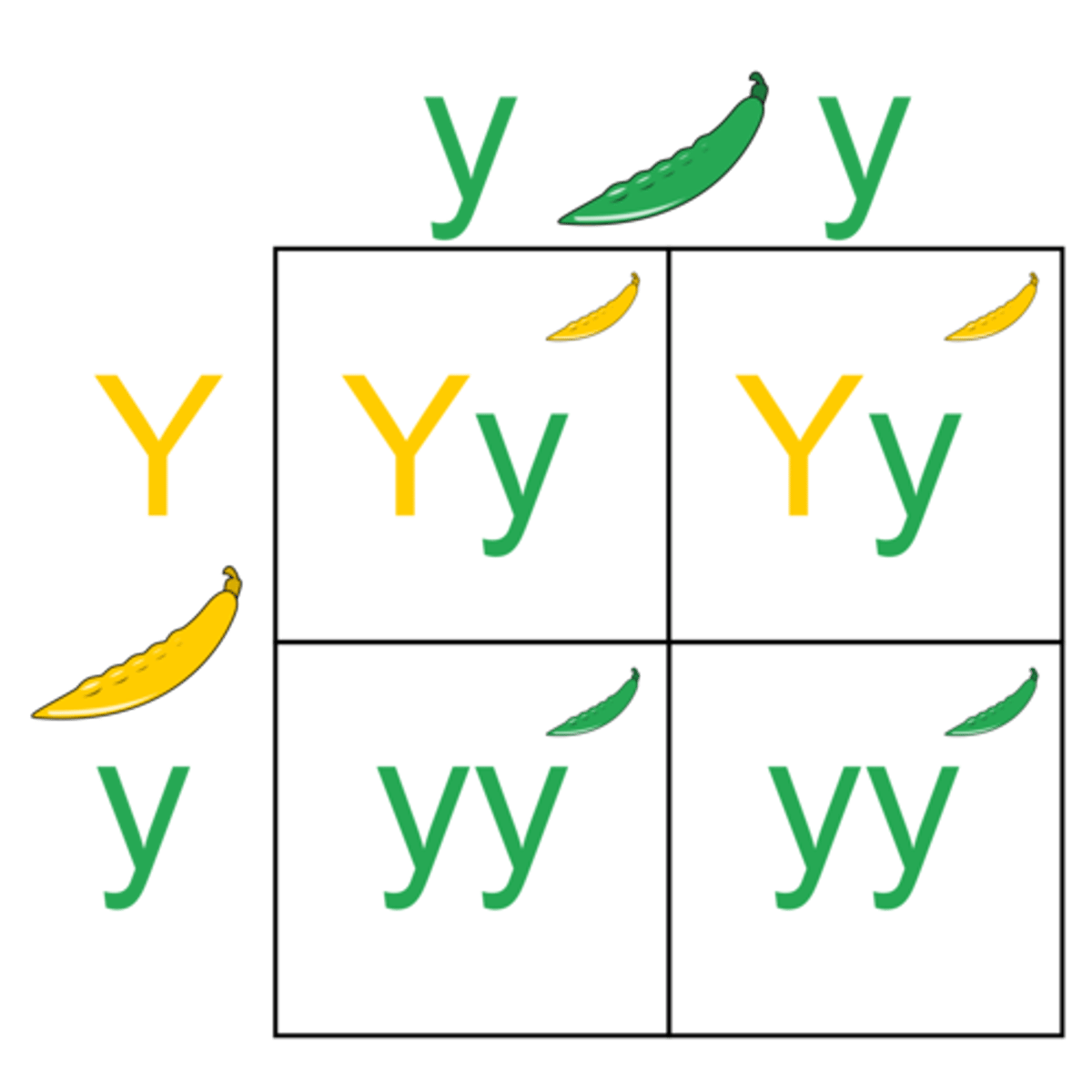BI306 Exams 1 Chapter 3 monohybrid cross/dihybrid cross
1/16
There's no tags or description
Looks like no tags are added yet.
Name | Mastery | Learn | Test | Matching | Spaced |
|---|
No study sessions yet.
17 Terms
Gene
a genetic factor (region of DNA) that helps determine a characteristic
Allele
one of the two or more alternate forms of a gene
locus
specific place on a chromosome occupied by an allele
genotype
genetic makeup of an organism
heterozygote
organism that inherits two different alleles for a given gene
Homozygote
organism that inherits two alleles of the same type for a given gene
Phenotype
physical characteristics of an organism
monohybrid cross
A cross between two individuals, concentrating on only one definable trait

principal of segregation (Mendel's first law)
each individual organism possesses two alleles that can encode a characteristic. these alleles separate when gametes are formed, and one allele goes into each gamete
concept of dominance
when the two alleles of a genotype are different, only the trait encoded by the dominant allele is observed in the phenotype
Punnett Square
a shorthand mehtod of predicting the genotypic and phenotypic ratios from a genetic cross
probability=
number of ways for something to happen/total number of possible outcomes
testcross
cross between an organism with an unknown genotype and an organism with a recessive phenotype
Dihybrid cross
Cross or mating between organisms involving two pairs of contrasting traits
principal of independent assortment
genes encoding different characteristics separate independently from one another
Probability Multiplication Rule
Probability that two more independent events will occur together, use multiplication
(AND)
probability addition rule
Probability that any one of two or more mutually exclusive events will occur, add their individual probabilities
(OR)